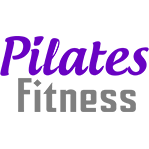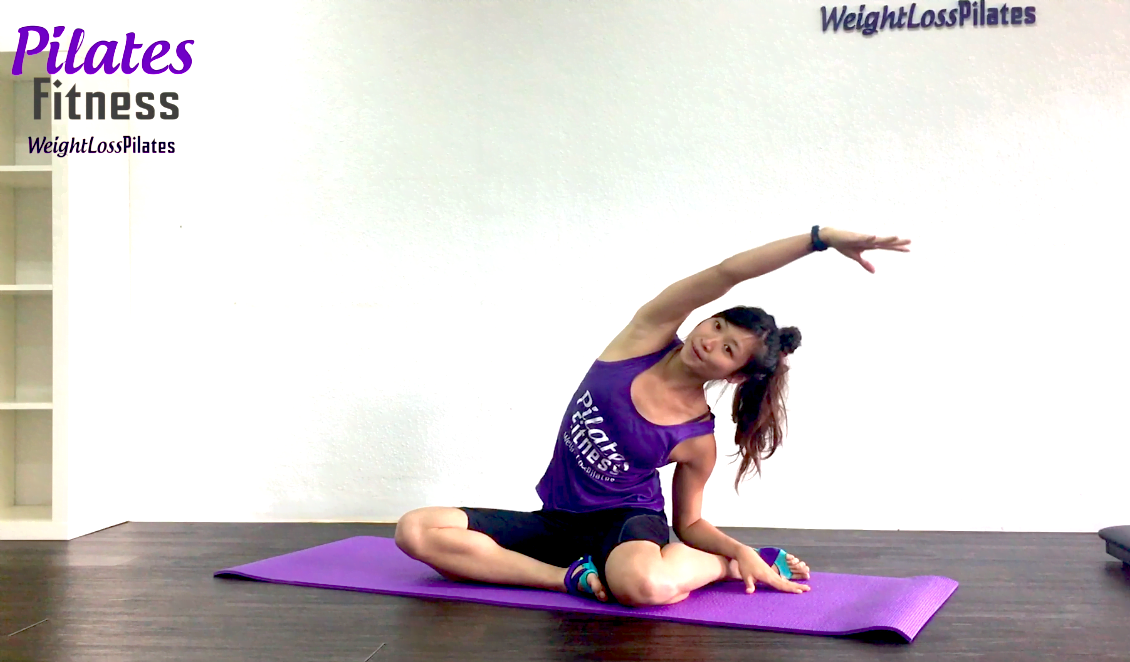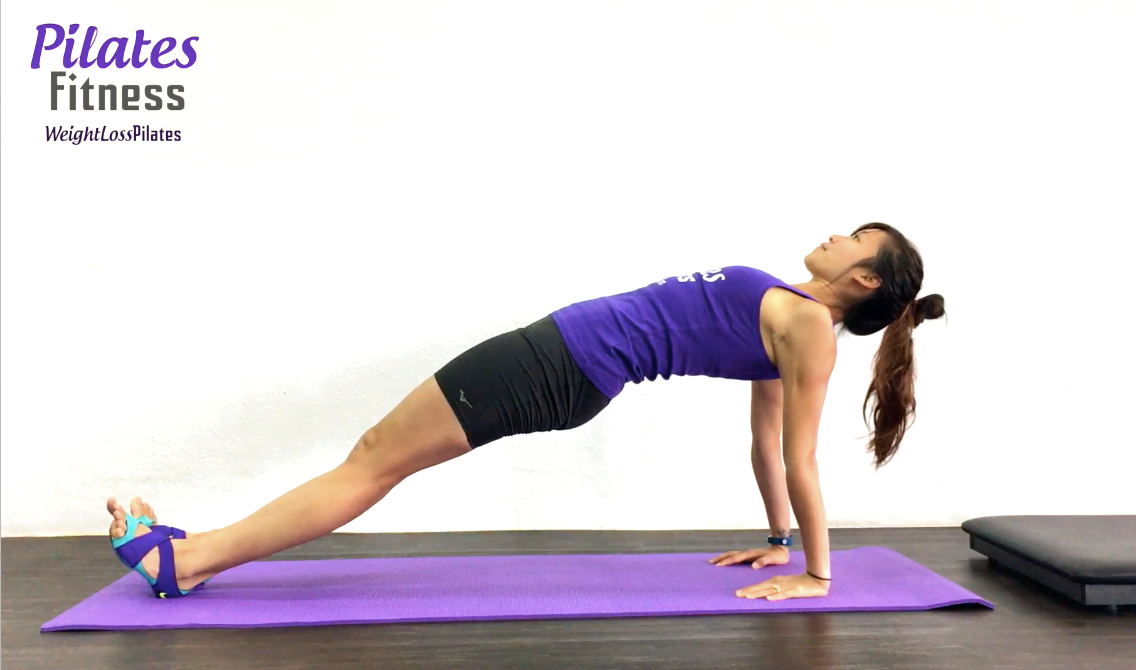01 Jun Why Is It Important to Have Strong Obliques?
Rotation of the body is used often in our daily lives, e.g. turning towards your bedside to shut your phone alarm in the morning, turning to talk to someone behind you, or even turning to get the toilet paper in the loo. Since we rotate...



